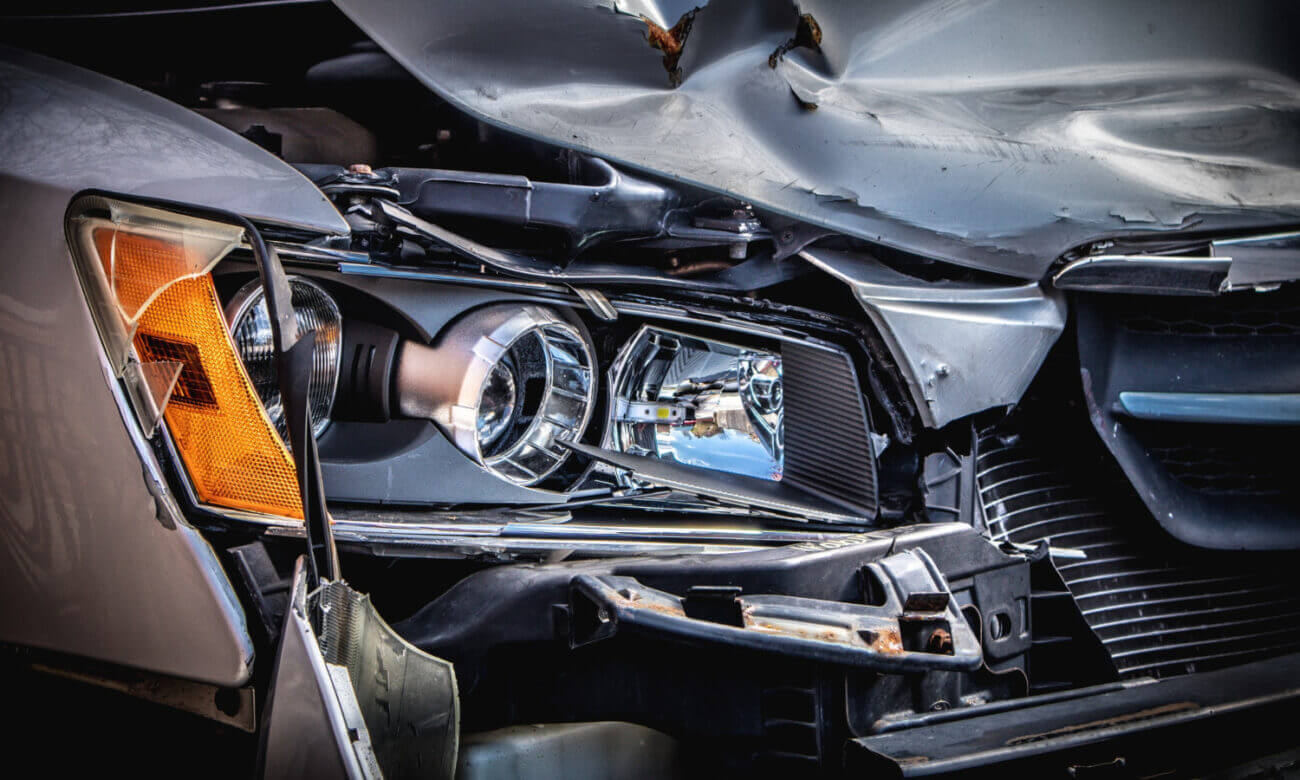Collision insurance pays for repairs when you hit either another car or an object (think a tree or a lamp post) while driving.
Also important: DCPD doesn’t apply to hit-and-run situations. If it can’t identify the culprit, your insurance company doesn’t have any way of recouping the costs of your claim. If you’re ever hit by an unknown driver, your claim would be processed through your collision or all-perils coverage—if you have it.
Where is DCPD mandatory?
Direct compensation for property damage coverage is mandatory in all provinces with a no-fault insurance system: Ontario, Quebec, Nova Scotia, New Brunswick, Newfoundland and Labrador, and Prince Edward Island. The provinces of British Columbia, Saskatchewan and Manitoba—where drivers purchase insurance from the government—do not have DCPD. However, similar rules under different names are part of basic insurance policies in these areas.
On Jan. 1, 2022, Alberta became the latest province to adopt a DCPD system. According to the IBC, the change will help create a “fairer and more customer-focused approach to insurance claims and vehicle repairs” in the province.
How much does DCPD cost?
Narrowing down the cost of DCPD is tough, as it’s bundled in the price of your basic auto insurance policy. So here, we look at the average prices of premiums for the provinces that have DCPD coverage. Below is a snapshot of how much it cost to be insured per year in no-fault provinces, according to the most recent data from IBC:
- Quebec: $717
- Prince Edward Island: $816
- New Brunswick: $867
- Nova Scotia: $891
- Newfoundland: $1,168
- Alberta: $1,316
- Ontario: $1,505
The introduction of DCPD in Alberta offers a glimpse into the impact a direct compensation approach has on insurance premiums.
“DCPD better aligns insurance premiums with the costs associated with repairs for a vehicle,” notes the IBC website. “This means that, typically, owners of less expensive vehicles that cost less to repair will pay less for their insurance. Similarly, owners of more expensive vehicles that cost more to repair may pay more.”
According to the industry group, under DCPD, 42% of drivers in Alberta were expected to see a reduction in their insurance premiums, and 34% were expected to see an increase of 0% to 5% in their premiums. Fifteen percent of drivers were expected to see no change at all.


